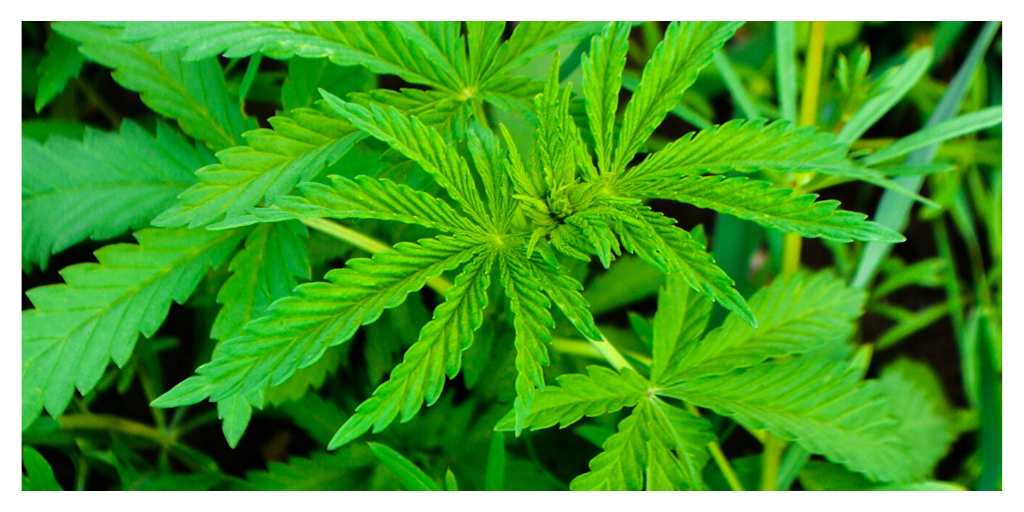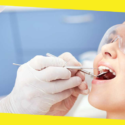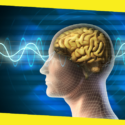4 Ways Cannabis Helps You with Your Migraine

Any system in your body is controlled by strict input or output of compounds. When, for example, you have any injuries or stress, your body might be sending out extra blood cells or extra hormones, causing inflammation or causing additional stress. Some medications, over-the-counter or prescription, are designed to either help or hinder the release of certain things in your body. Anti-inflammatory medications, for example, hinder the release of extra white blood cells and decrease inflammation in the process. This can be achieved by targeting the endocannabinoid system.
So, the consumption of marijuana in its various forms can help you target the endocannabinoid system with the same level of effectiveness as prescription medications.
Cannabis has multiple therapeutic benefits. It can:
- Alleviate pain
- Reduce anxiety and depression
- Alleviate cancer-related symptoms
- Treat acne
- Help with heart health
- Prevent diabetes
- Treat inflammation
- And much more
But in this article, we’re going to focus specifically on how it works with migraines.
What Are Migraines?
First of all, what is a migraine? Anyone who’s had one will tell you that it’s probably the worst head pain ever, the kind of pain that can make you projectile vomit, and requires you to be locked in a pitch-black room for days.
A migraine is a severe form of head pain usually on one side. It is often accompanied by severe nausea and disturbed vision. It can be so painful that you can do nothing but lie in the dark. Chronic migraines mean that you get to experience all of this on a regular basis.
Migraines can be triggered by stress or tension, inflammation in the body, anxiety, hormonal changes, and even bright lights, depending on the person. When you have a migraine, you don’t want to do anything either. That’s why getting your cannabis delivered to your door through delivery services are good for migraine sufferers!
4 Ways Cannabis Helps

1) Everything in your body, from your appetite to your pain, is controlled by the endocannabinoid system. This is one of the most important physiological systems in your body and it helps to maintain your health by minutely fine-tuning the most crucial functions throughout your body. Inside your body, you produce cannabinoids and these interact with the cannabinoid receptors in almost every cell that flows inside of you. People who experience migraines have been found to have lower levels of anandamide, sometimes called the “bliss molecule”. To that end, it is theorized that migraine headaches can be the result of a deficiency within your endocannabinoid system.Thus, if the migraines are brought about by an endocannabinoid deficiency, a regular, daily dose of CBD oil without the THC can be used as a preventative medicine. The CBD oil would provide your endocannabinoid system with the missing compounds and eliminate the source of the migraines if that is your source. The best part is that with CBD oil, you could do something as simple as placing a single drop under your tongue in the morning, adding a drop to your morning coffee, or applying a relieving gel or balm to your head when the pain starts.
2) Cannabis treats inflammation, which for some individuals can be the trigger for their migraines. That said, if you know that your trigger is inflammation, you can use cannabis as a preventative medicine or you can use it in the moment when your migraine first starts, to prevent it from getting worse. Most people who have migraines can tell when the symptoms are coming and they know that within a few hours they will be debilitated, so having cannabis can help in those few hours to stop the symptoms from worsening.
3) Cannabis also treats anxiety. If anxiety and stress are your triggers, different cannabis strains and products can be used to treat anxiety in a preventative fashion and can be used in the moment if you are, for example, having a high amount of stress or a potential anxiety attack which usually results in a migraine. In the moment, you can use cannabis to try and diminish the symptoms and have better control.
4) Cannabis can also treat symptoms of nausea and vomiting, and it’s for that reason that it’s so commonly used for people on any cancer medications or for treating HIV and AIDS. Regulating appetite and helping to prevent nausea will go a long way toward reducing the severity of the symptoms associated with migraines.
Studies
Clinical studies in places like the University of Colorado followed people with chronic migraine headaches and had them use marijuana daily to try and prevent the attacks. Used as a preventative medicine, 40% of the participants said the number of migraine headaches they had every month was cut in half.
Results garnered when treating a migraine in progress varied based on how the marijuana was consumed. Most people inhaled it when the symptoms begin to manifest in order to ease the symptoms and subsequent pain, which proved beneficial. Edible products did not work as well to thwart a migraine and its progress, something that could be indicative of the slower rate of absorption in the body via ingestion as compared to inhalation.
That same research indicated that people who smoked or inhaled through a vaporizer found it much easier to control their dosage and they had fewer negative reactions.
Strains
Now, it’s important to remember that there are different strains. Different strains will produce different results. Indica strains, for example, are the kind that most people take to treat anxiety and insomnia, the kind of marijuana that gives you that quintessential calm, relaxed sedation, whereas sativa strains typically give you energy and make you a bit more vivacious. So, you can try different strains to figure out which one works best for you.
CBD oil has just as much variety and varying levels of CBD, THC (if any), and specific terpenes from the two strains mentioned above. CBD oil has negligible amounts of THC in most cases, although you’ll have to pay particular attention to the labels for each before you buy and get the right strain for you. This means you get the medical benefits of the different endocannabinoid interactions without the psychoactive THC.
You may like this
Recommended For You
Accident Injury Recovery: 8 Ways To Support A Loved One
Most Inside
Most Inside offers high-quality recommendations and valuable updates to enhance all aspects of your life, providing premium guidance and enriching experiences.




